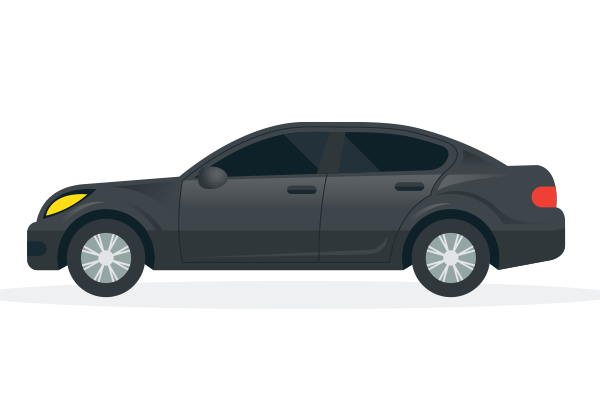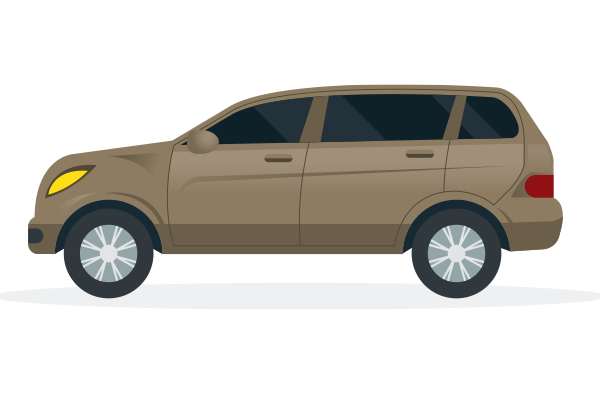Disclaimer. Within this article we have included external links to products and services which we feel will benefit our readers. We may receive a commission when you click on these links should you go ahead with one of their products and/or services.
Car Insurance UK
It is illegal to drive a car on UK roads without a valid insurance policy. This is to protect yourself and others in the event of an accident.
The Police in the United Kingdom have a various ways of checking the validity of an insurance policy, these systems not only check to see if the car is insured but also the details of the policyholder and the named drivers, including any restrictions.
Today in this article, we’ll take a look at the various ways the Police can check the insurance coverage.
Motor Insurance Database (MID)
We have already covered the Motor Insurance Database (MID) in a previous article (click the highlighted tect to read) but in a nutshell, this is a centralised database that holds the information of all the insured cars and vans in the UK.
The MID is accessible by not only the Poilce, the DVLA and other relevant bodies, but the general public can also check their own insurance status using the AskMID website.
The database is updated on a regular basis by the insurance companies. When you take out a car insurance policy from a provider, they will add the details to the MID including the Vehicle Registration Number (VRM), the Policy Number and the Start and End Date.
If a Police Officer in the UK suspects that the car may not be insured, they can check the MID to confirm if it insured or not.
Automatic Number Plate Recognition (ANPR)
It is estimated (2011) that there are over 11,000 ANPR cameras across the UK road networks. These cameras continously montitor the VRM’s of passing vehicles using optical character recognition (OCR) to scan the plate and check the details against a central database.
The database will check a number of items including whether the vehicle is insured, road tax and even MOT status. Should the system find that any irregularities, the system will automatically flag it and send to the Police system for investigation.
ANPR cameras are now also fitted to a number of Police Cars, this enables anything flagged to be dealt with as soon as possible by the Police Officer.
Getting Pulled Over by the Police
Police Officers can check to see if the vehicle is insured by stopping the driver at the roadside. Whilst not everyone carries their insurance documents with them, with a few details from the driver, the Police can access their databases to confirm the details given.
When you are driving, you are supposed to carry with you proof of insurance. This can include an insurance certificate, cover note or policy schedule.
If you are pulled over by a Police Officer, provide them with any details they request. Always be truthful as the information can be double checked within minutes.
Police Tip-Off’s
Police can use intelligence provided by the public to check the status of a vehicles insurance coverage. This information could be previous offences, false information or if a driver has been spotted for driving a car with no insurance.
When it comes to intelligence the use of ANPR and the MID will be used to help sepcifically target the vehicle in readiness to pull it over. Using ANPR they can track journeys and the position of the car ready to check.
Driving without insurance
It is a serious offence to drive a car without valid insurance in the UK. If you are caught driving without insurance, you could face a fixed penalty fine of £300, 6 penalty points on your driving licence, or in some cases they could seize and destroy the vehicle. Driving bans may also be applied, should you be facing court prosecution.








